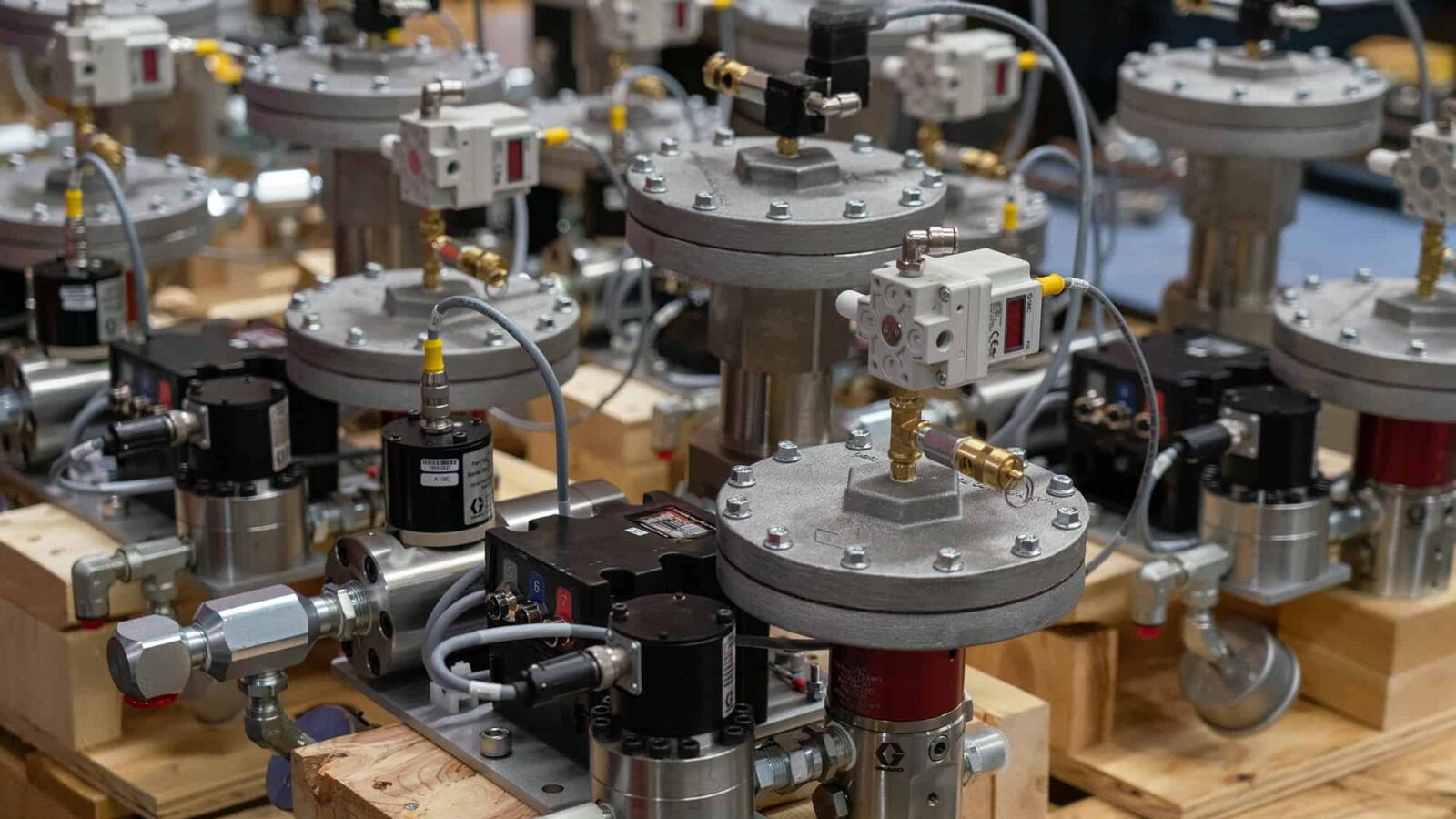
Navigating the Fourth Industrial Revolution to the Bottom Line
As the fourth industrial revolution (4IR) moves from buzzword to reality, companies are making progress in implementing new technologies, but scaling and linking investment to value remain a work in progress
Read the Entire Report
Access the ReportIntroduction
The fourth industrial revolution (4IR) has been met with both enthusiasm and fence-sitting. While sentiments and experiences have been mixed, most business leaders are now approaching 4IR with a sense of measured optimism. Indeed, larger systemic changes are underway, including building pervasive digital operations that connect assets, developing connected products and managing new, real-time digital ties to customers via those products. While manufacturers recognize the potential value of advanced technologies and digital innovation—particularly robotics, the Industrial Internet of Things (IIoT), cloud computing, advanced analytics, 3D printing, and virtual and augmented reality—they are still deliberating how and where to invest and balancing the hype with their own level of preparedness. Meanwhile, they’re also well aware of the significant changes 4IR will bring to a new manufacturing workforce—that is, one that is increasingly symbiotic and increasingly beneficial for many workers and manufacturers alike.
This narrative is reflected in a new survey of US based manufacturers carried out by PwC and The Manufacturing Institute, the workforce and thought leadership arm of the National Association of Manufacturers. We see a definitive—and, indeed, inevitable—shift to 4IR as companies seek to integrate new technologies into their operations, supply chain, and product portfolio. At the same time, they acknowledge that scaling, justifying 4IR investments, and dealing with uncertainty surrounding use cases and applications usher in a new set of challenges.
As the fourth industrial revolution (4IR) moves from buzzword to reality, companies are making progress in implementing new technologies, but scaling and linking investment to value remain a work in progress
Some key survey findings include:
- While the sector as a whole is making assertive forays into 4IR, many manufacturers still inhabit the awareness and pilot phases. Nearly half of manufacturers surveyed reported that they are in the early stages of a smart factory transition (awareness, experimental, and early adoption phases).
- Manufacturers do expect the transition to accelerate in the coming years—73% are planning to increase their investment in smart factory technology over the next year.
- While we see a number of fence-sitters, the bulk of manufacturers are indeed prioritizing 4IR, the digital ecosystem, and emerging technologies. 31% report that adopting an IoT strategy in their operations is “extremely critical” while 40% report that it’s “moderately critical.”
- About 70% of manufacturers say the biggest impacts of robotics on the workforce in the next five years will be an increased need for talent to manage in a more automated, flexible production environment and the opening of new jobs to engineer robotics and their operating systems.
Research Partners


Download the Entire Report